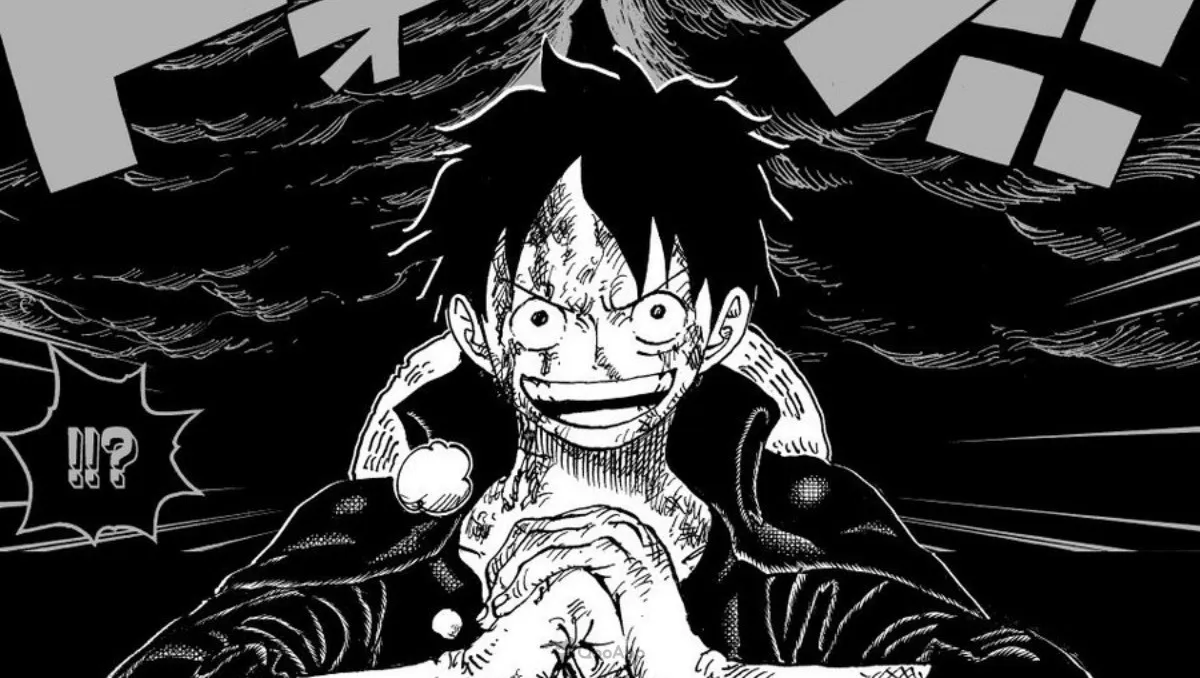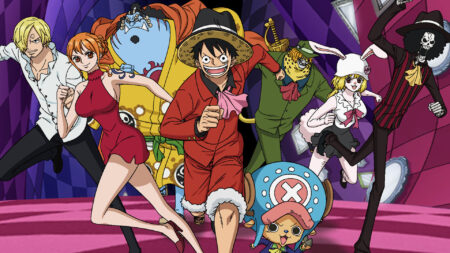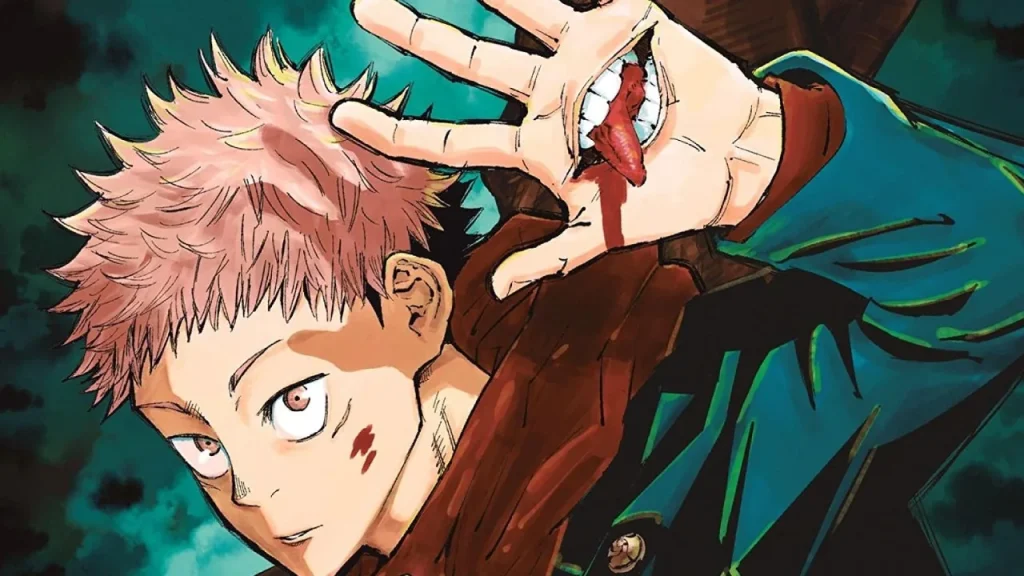There’s a special kind of magic that surrounds the One Piece Manga. From its very first chapter, it promised more than just a tale of pirates or a treasure hunt—it offered readers a living, breathing world filled with heart, danger, and a sense of boundless freedom. For decades now, fans have followed the Straw Hat crew not just because they’re strong or funny, but because their journey feels like our own. One Piece isn’t just a story—it’s an experience that grows with you.
In a landscape of fast-paced stories and fleeting trends, the One Piece Manga has held its ground through consistency, emotional depth, and world-building that’s as imaginative as it is deliberate. It invites readers to think beyond the surface, to value friendship, to question power, and to chase dreams even when the odds are stacked sky-high.
The Core of the One Piece Manga
At its heart, One Piece Manga is the story of Monkey D. Luffy—a carefree, stubborn, and endlessly optimistic young man who sets out to become the Pirate King. Not for power or dominance, but for freedom. His goal is to find the legendary treasure known as “One Piece,” said to be left behind by Gol D. Roger, the former Pirate King.
But Luffy’s journey is never a solo quest. As he travels the vast seas of the Grand Line, he gathers a crew of misfits, each with their own haunted past and burning dream. Whether it’s Zoro’s vow to be the greatest swordsman, Nami’s fight for her village, or Robin’s search for the truth about the world, every Straw Hat has a reason to sail. And that’s what makes this manga stand tall—it’s not about one hero, but a family.
World-Building Unlike Any Other
One of the most mind-blowing elements of the One Piece Manga is how detailed and interconnected its world is. From the towering Red Line to the mystery of the Void Century, Eiichiro Oda has crafted a world that feels endless but never aimless. Every island is different. Every sea has its own rules. Cultures, languages, technologies, and even climates shift wildly, giving each arc a fresh identity.
But this isn’t randomness. Oda doesn’t create islands just to entertain—he builds them to explore deeper themes: oppression, justice, inequality, history, and revolution. Whether it’s the corrupt government of Dressrosa or the caste system in Fishman Island, every place Luffy visits offers commentary on real-world structures while staying true to the manga’s fantasy tone.
Readers are constantly rewarded for paying attention. Something mentioned hundreds of chapters earlier can suddenly return with significance. This narrative layering is rare, and it makes reading One Piece not just entertaining, but deeply satisfying.
Characters Who Grow With You
The cast of One Piece Manga is vast, but every character feels intentional. Luffy may be the anchor, but each Straw Hat carries emotional weight. What’s powerful is how each member of the crew joins not for Luffy, but for their own dreams—and through him, they find a path to chase those dreams unapologetically.
Zoro’s unwavering loyalty, Sanji’s balance of compassion and pride, Usopp’s journey from cowardice to courage, Chopper’s struggle for identity, and Robin’s transformation from a wanted fugitive to a cherished friend—these arcs aren’t rushed. They unfold patiently, and with each battle, betrayal, or moment of joy, the crew grows. So does our connection to them.
Villains, too, aren’t one-dimensional. Crocodile, Doflamingo, Enel, Katakuri, and many others leave lasting impressions because their motivations are complex. Even the World Government, the marines, and the revolutionary army blur the lines between good and evil. This complexity deepens the emotional investment, making victories sweeter and losses harder to bear.
Themes That Resonate Across Generations
You can read the One Piece Manga for fun, for the fights, for the laughs—and that’s perfectly fine. But those who look deeper will find a rich pool of themes that feel surprisingly real. Freedom is one of the strongest. From Luffy’s dream to sail where he wants, to Nami breaking free from Arlong, to every oppressed nation rising against its rulers, the manga is soaked in the desire to live without chains.
Another core theme is found-family. Luffy doesn’t care where you’re from, who you are, or what you’ve done—if you’re good to him and his crew, you’re family. The Straw Hats, despite their diverse backgrounds, show what unconditional loyalty looks like. They fight, argue, get scared, and cry—but they never abandon one another. That sense of unity is rare, and it’s part of why fans feel so connected.
Justice is also a recurring theme, often challenged rather than defined. Marines who are supposed to uphold peace often commit atrocities. Pirates, viewed as criminals, sometimes fight for what’s right. The world of One Piece doesn’t hand you answers—it forces you to question what justice actually means.
Battles That Are More Than Just Power
In many action series, power determines everything. But in the One Piece Manga, battles aren’t just about who hits hardest—they’re about grit, strategy, and heart. Luffy doesn’t win because he’s the strongest. He wins because he refuses to give up. Because he fights for someone else’s pain, not just his own pride.
Every major fight is layered with emotion. When Nami breaks down and finally asks Luffy for help against Arlong, the resulting fight isn’t just physical—it’s liberation. When Robin yells, “I want to live!” in Enies Lobby, the battle becomes about defying a cruel world that told her she didn’t belong.
Even the battles Luffy loses teach something. His defeat by Kaido isn’t a failure—it’s a lesson in resilience. And when he rises again, it’s not just to fight back, but to stand for everyone who can’t.
Legacy, Secrets, and the Final Journey
With over 1000 chapters, the One Piece Manga has never lost sight of its end goal: the mystery of the One Piece itself. What is it? A treasure? A message? A weapon? The manga has planted countless seeds—from Joy Boy to the Will of D to the Poneglyphs—all slowly building toward something massive.
And yet, even as we edge closer to the truth, the manga never loses its emotional compass. It continues to explore personal growth, generational trauma, and the cost of chasing dreams. Characters from decades past resurface. Mysteries tighten. Every page feels like a step closer to something legendary.
Why the One Piece Manga Endures
The reason One Piece Manga remains beloved is simple—it respects its readers. It doesn’t talk down, doesn’t cut corners, and never forgets its roots. It offers laughter, pain, wonder, and lessons that stick. Whether you’re a teenager discovering it for the first time or an adult who’s been reading since chapter one, it has something to say.
It tells you that it’s okay to dream wildly. That loyalty means everything. That even if the world tells you you’re weak, your worth is not measured by their scale.
And maybe that’s why, even after all these years, we still sail with the Straw Hats.
One Piece Manga isn’t just a tale of pirates. It’s a story of freedom. Of found-family. Of never giving up. It’s a journey. And for millions around the world, it’s home.
Check more manga only on Mangabuddy!






